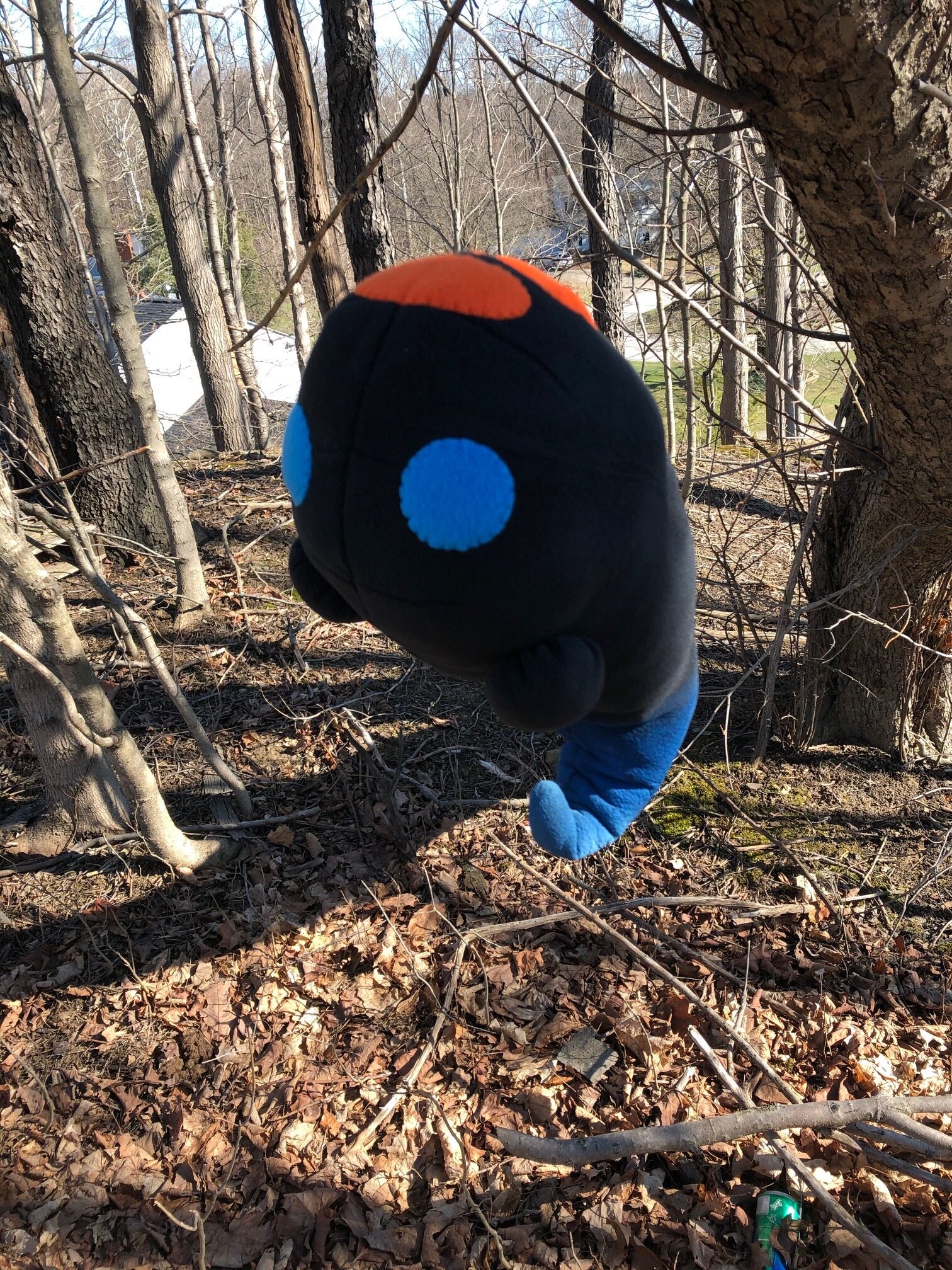Nightmare (Liberoscuro)
Michael MacWolff
Cryptologic Name: Zoneiro (family)
Planar Origin: Liberoscuro
Habitat: n/a
Diet: Manavorous
Nightmare: Disambiguation
The term “nightmare” is used for a variety of magical concepts and creatures, as is common in the greater magic community, particularly with words that have a variety of nuances and connotations associated with them. In this particular entry I am referring to the family Zoneiro, consisting of creatures of pure magical origin native to Liberoscuro, a pocket dimension adjacent to our material plane.
In the cryptozoological field, “nightmare” can also refer to a black equine creature with a flaming mane, a small demonic creature which causes bad dreams, or a dark elemental shapeshifting creature native to the Hylaean plane. Because “nightmare” is a term having broad significance across peoples and cultures, there are likely other species I am yet unfamiliar with also referred to as nightmares or some similar variant. It would perhaps have been helpful to use the Japanese name for these creatures, as the mage responsible for their existence is Japanese, and that would have been a fairly easy distinction… however they are referred to in that language as ナイトメア which is just a phenetic translation of nightmare (pronounced “naitomea”).
Origin
A powerful terran mage named Yoshiko Tadaro was a known collector of stories. Some time during the late 20th century he disappeared from the magical community and the world at large. It turns out he created a door to a pocket dimension and established a magical workshop there which has since become known as Liberoscuro, “the shadow library.” Liberoscuro is a very literal library, containing a vast collection of books transcribed and enchanted by Tadaro, almost all of which are storybooks containing folklore and fairy tales from across many worlds, including our own. Liberoscuro also seems to be an empathic nexus, where emotion-tuned mana flows much more strongly than on our own material plane. It is a result of this mana flow, as well as the magic imbued within the transcribed tomes that gave rise to these creatures we refer to as nightmares. The nightmares are spiritual creatures given physical form by the confluence of mana interacting with the enchantments cast on the books. We still don’t know how this came to be, as access to the library is very limited and much of Tadaro’s research has yet to be safely discovered or deciphered, but these nightmares appear to manifest directly from the emotional energy imbued within individual stories and as such take on physical forms which relate to the story of their origin. For those of you familiar with terran folklore, these stories are often filled with tragedy, grief, and violence and as such many nightmares are quite dangerous. This has been the primary reason as to why so little is yet understood about the library and these creatures, as the library is now rampant with them.
Biology
Nightmares have a wide array of different forms and appearances, as the circumstances of their conception differs for each individual. However, there are a variety of more common forms that mimic, to a certain extent, creatures commonly seen in folklore. Birds, hounds, wisps, plants, and orcs appear to be the most common varieties, and are some of the weaker subsets of these creatures. Cryptozoologists believe that these are most common because they are born from minor parts of the stories they spring from, and as such have less emotional energy forming their core. There are many larger and more powerful creatures with odd and unique forms in the library as well; the one thing we have determined about this family of creatures as a whole is that they are primarily manavores. They will feed on one another for sustenance, but it seems that they primarily require the magical energy stored within their fellow nightmares rather than their physical components to sustain themselves.
Field Notes
Because of the uncertain nature of the library, as well as the strength and aggression of its inhabitants, there are powerful magical barriers in place to prevent the nastier of these beings from ending up in our world. That said, some of the smaller, more docile species have been known to slip through the barrier unnoticed and as such I have actually encountered a few types of nightmare, and my research partner has collected them for further research. Purification wisps (as pictured above) are quite small and seem rather harmless. Because of their size and relative lack of power, they seem to mostly survive by absorbing ambient mana; we’ve noticed the wisp in our care tends to move along the same routes as our caravan snails, who we know follow natural leylines on their meanderings.
The only other species of nightmare we’ve collected is a curious individual who takes on the appearance of a clam and calls himself “Lammy.” While also a rather small individual compared to the monstrous forms we’ve heard of but not yet encountered personally, Lammy seems to be a reasonably powerful nightmare. He can speak a variety of human languages and seems to consume a great deal more mana than the wisp. While he loves talking to Tsu’mat and I, his stories can be a little hard to follow, and as such we haven’t gleaned as much information about the library and the other nightmares as we would have hoped.

















